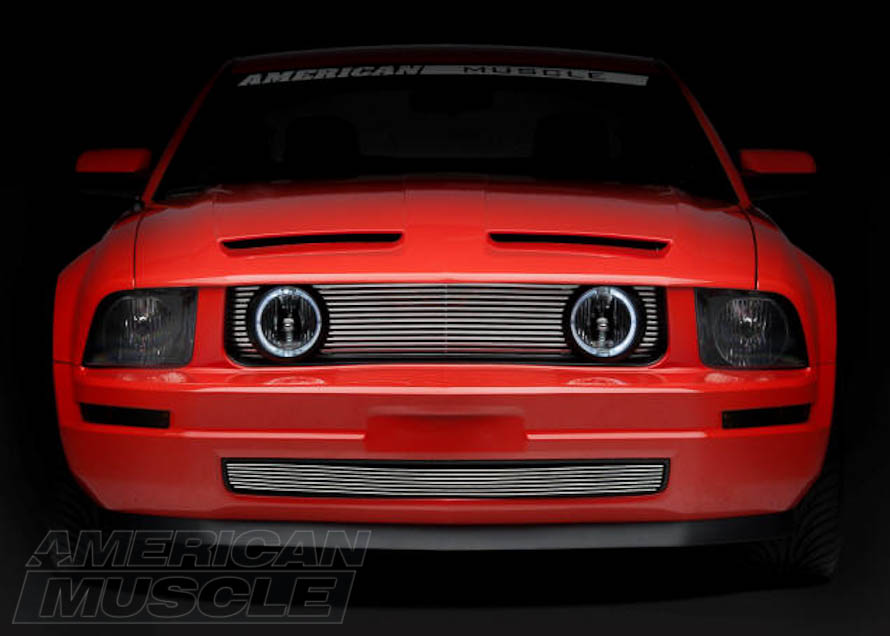One of the most important functions to any road legal car is its lighting. The older your Mustang gets, the more the lights start to fade and dim, which leads many enthusiasts to replace them with aftermarket upgrades. Newer Mustang owners look to aftermarket lights to give their pony a more devilish and intimidating look. This guide will go over what you need to know when it comes to upgrading your Mustang’s lighting.
Table of Contents
- How Can I Modify My Mustang’s Lighting?
- Aftermarket Mustang Headlights
- Aftermarket Mustang Tail Lights
- Aftermarket Mustang Fog Lights
- Deleting Your Mustang's Fog Lights
- Mustang Fog Light Bulb Replacements
- Aftermarket Mustang Fog Lights
- How Do I Smoke or Tint My Mustang's Fog Lights?
- Yellow Mustang 'Rally' Lights
- Is it Legal to Drive with My Mustang's Fog Lights On?
- Can I Rig My Fog Lights to Come on Automatically with My Headlights?
- Aftermarket Mustang Light Bulbs
- Upgrading Your Mustang’s Third Brake Light
- Mustang Puddle Lights
- Upgrading Your Mustang’s Interior Lighting
- Trouble Shooting Possible Issues with LEDs
- Upgrading Your Mustang’s Light Trim
- Mustang Light Sequencers
- Mustang Light Tint
- Halogen VS HID Mustang Lights
- HID Color Temperature
Shop Mustang Headlights
Change up the look of your Mustangs front end with a new set of headlights. See further at night and have heads turned.









